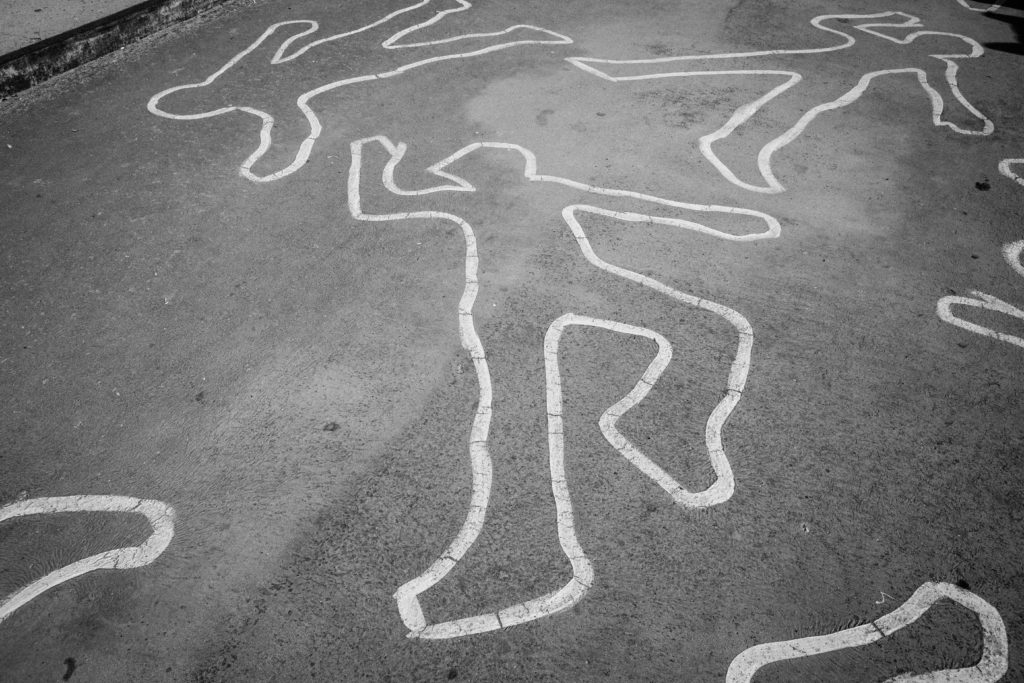
Back In Black: Limiting The Prejudicial Effect Of Crime Scene Photos By Draining Them Of Their (Emotional) Color.

In his song Kodachrome, the great Paul Simon sings, “Everything looks worse in black and white.” However, a new study suggests that, for criminal defense attorneys dealing with gruesome crime scene photos, the opposite is true.
A new article in the American Psychological Association’s Journal of Psychology, Public Policy, and Law details the findings of Prof. Jessica Salerno’s study of juror’s emotional reactions to color vs. black and white crime scene photos. The article is entitled, Seeing Red: Disgust Reactions to Gruesome Photographs in Color (but not in Black and White) Increase Convictions. This should be mandatory reading for any defense lawyer.
We all know that prosecutors, as a matter of routine, will seek to introduce horribly nasty crime scene photos at the trial and/or penalty phase. There’s a reason the other side wants to tell their story with these pictures. They know the photos will have an emotional impact on the jury. Like any good litigator, they know that human beings often make decisions based on emotion rather than reason. They want feelings of disgust to color their decision-making process. Unfortunately, we also know that judges almost universally allow these photos into evidence even though their probative value is often low and their prejudice is through the roof.
Prof. Salerno’s study measured mock jurors’ emotional responses to color crime scene photos vs. their black and white counterparts. Perhaps not surprisingly, her study supports the proposition that black and white versions blunt the emotional impact, thereby reducing the risk of prejudice to the defendant. In other words, this reduces the risk that a jury will convict on emotion rather than evidence.
The easy takeaway from this study is that if a defense lawyer cannot convince the court to preclude the photos, she should at the very least request that the prosecutor give the jury black and white photos rather than color. It is hard to imagine a sound basis for refusing this request. Taking the color out of a photo will not generally impact its probative value.
Moreover, in the age of digital photography, it is a simple, quick and inexpensive matter to convert color to black and white. For example, the following conversion took me all of maybe 10 seconds using software that comes standard on every PC (Microsoft Photo Gallery):


With this new proof that such a simple tweak can mitigate the inherently prejudicial effects of these disturbing images, justice demands that we start making the case for black and white. If you have made this argument, have sample motions, or have any other thoughts on the subject, I would be grateful if you could share it here in the comment section below!
